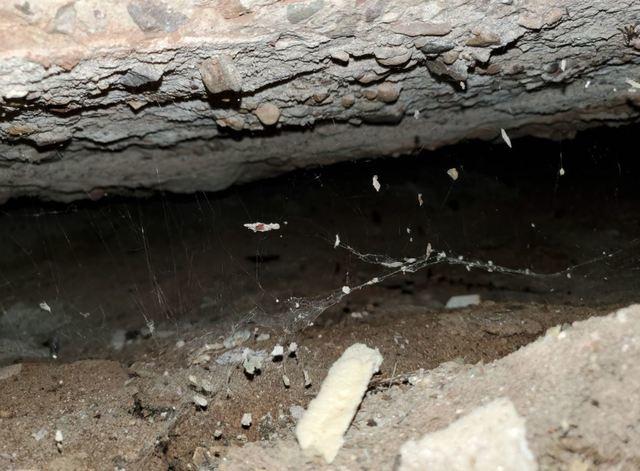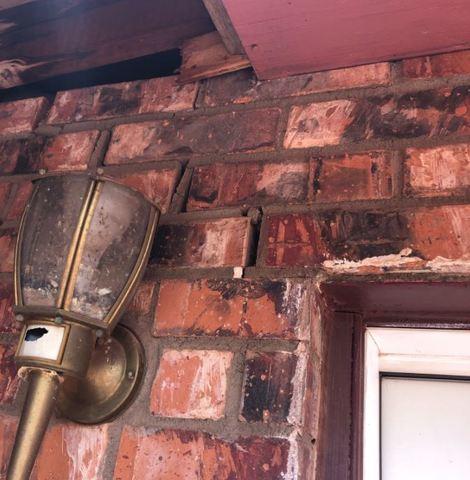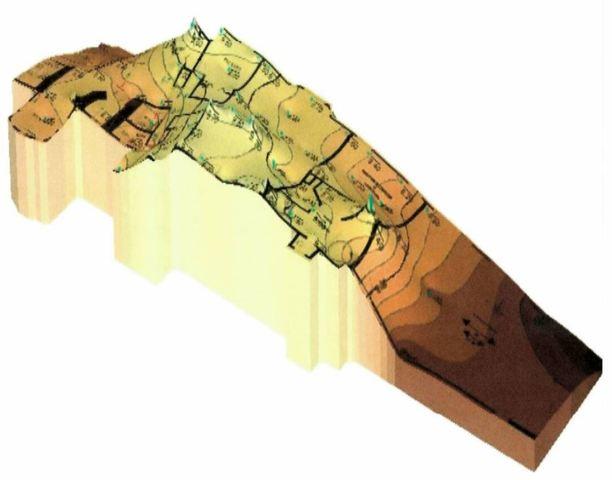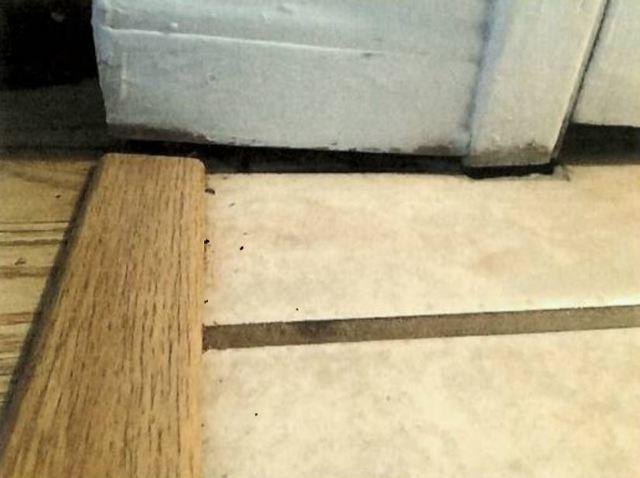Holbrook Foundation Repair
Challenge
The owners of this 1976 single family home in Holbrook, Arizona reached out to us after noticing several symptoms of a potential foundation issue. It was important to the Homeowner to not just repair the signs of stress, but to find out what was causing them. Making sure the problem did not get worse and maintaining home value was also important.
A free initial, level A, foundation inspection noted a number of symptoms related to a foundation issue. Some of these foundation problem indicators included:
- Doors sticking / pinched
- Floors that are out of level
- Cracks in the drywall
- Cracks in exterior walls
- Cracks in the foundation outside
The AZFS Consultant recommended a Forensic Foundation Inspection, or level B, foundation inspection. Upon completion of the Forensic Foundation Inspection, the Homeowners are presented with a Forensic Engineered Report, or FER. This report includes a sixteen-step inspection and review process along with a recommended repair plan that is stamped by a licensed professional engineer.
Exterior Inspection: The exterior of the location was visually inspected. Items such as foundation cracks, exterior wall cracks, improper grading, type of structure, poor drainage, gutters or no gutters, bowed retaining walls, large trees close to the foundation and any type of obstructions that may or may not influence the repair process were noted and recorded.
Interior Inspection: The interior of the location was visually inspected. Items such as floor cracks, wall cracks, ceiling cracks, sloping floors, uneven counter tops, doors and windows that are out of alignment, cracked window glass and bowed walls were noted and recorded.
Manometer Survey: The manometer survey, also known as a floor survey, is a measurement of the differences of interior floor elevations. The flatness of the interior floor was measured using a highly accurate survey device known as a Manometer. The entire interior floor area was surveyed, and the elevations were recorded. These data points were then entered into a computer program that provides a topographical map showing the high and low elevation contours of the floor surface. This topographical map shows where the foundation is no longer level and shows where support and stabilization is needed. The floor survey also demonstrates whether any floor slab heave or settlement exists.
Solution
After examining the home and performing the manometer survey, Arizona Foundation Solutions believes the home could be experiencing foundation settlement in Bathroom 2 & 3 and in Bedroom 2 as shown by the damage (also known as the Signs of Stress) and lower readings on the Topographical Map. The drop off in floor elevations on the topographical map is consistent with a foundation settlement pattern. Foundation settlement can be caused by one or any combination of many factors including sub-grade saturation of moisture due to poor drainage, years of storm runoff, plumbing leaks, improper compaction, the lack of a proper foundation system, and/or (in most cases) natural earth movement.
AZFS believes the home could be experiencing minor foundation settlement at the northwest portion of the home and at the southern and eastern portions of the Garage as shown by the lower readings on the Topographical Map.
A minor heave pattern is observed in the Family Room as indicated by the higher elevation readings on the 3D Topographical Map. This phenomenon usually occurs in areas where structures are built on expansive clays. Moisture from one or any combination of the following: storm runoff, poor drainage around the foundation, plumbing leaks and/or underground moisture sources will allow the moisture/vapor to accumulate underneath the foundation. The moisture then interacts with the clayey soils, causing them to swell. The clay soils take the path of least resistance and expand upwards and lift the foundation.
The Foundation Performance Association (FPA) “Guidelines for the Evaluation of Foundation Movement for Residential And Other Low-Rise Buildings” were adopted to correlate acceptable and unacceptable distress phenomena with actual survey elevations. Deflection and Tilt calculations were performed and compared to allowable values. For this engineered analysis, the deflection of the slab (LJ451 ) was less than the allowable deflection limit of U360. In addition, the tilt of the slab (0.51 %) was less than the allowable tilt of 1 .00%. While the tilt and deflection was less than the allowable limit, this is a general guide and the home is showing distress at areas indicating foundation settlement.
Arizona Foundation Solutions believes that the proper way to permanently stop the perimeter foundation settlement is to underpin the areas that are experiencing movement. Foundation Underpinning is the process of installing deep foundation elements called piles. Piles are engineered foundation supports that are driven down past the unstable soils and are then locked up into load bearing strata, which can support the loads that are transferred to them. Once the piles have been installed, they can be used to lift the perimeter foundation up to its Highest Practical Maximum. The piles should be spaced approximately six feet on center and should start and stop near the hinge points of movement (exact spacing to be determined after load bearing calculations). In this case, the piles would be located at the perimeter of Bathroom 2 and Bedroom 2. The slab can then be treated by injecting a lightweight expansive polyurethane to fill existing voids and lift the floor slab. This is done by drilling small 3/8” holes in the slab after which polyurethane grout is injected directly under the slab to raise it up to its Highest Practical Maximum. Using the expansive materials will help prevent additional slab settlement by compacting the upper layer of soil as it expands.
AZFS does not suggest a settlement repair plan, for the northwest portion of the home or for the Garage, or heave repair plan at this time as there is no significant damage to correspond with the low and high elevation readings. The home should be monitored and should damage arise in the future, AZFS should be contacted to perform a comparative monometer survey at a discounted price.
Since storm runoff is responsible for the majority of the moisture that pools next to the foundation, gutters need to be installed to prevent the storm runoff from increasing the amount of foundation movement. A proper gutter system should be installed to discharge the storm runoff a minimum of 10 feet, preferably 20 feet away from the foundation. We do not recommend installing gutters that discharge next to the foundation as this will only increase the probability of a foundation problem.
Project Summary
Engineer: John Ciminski













